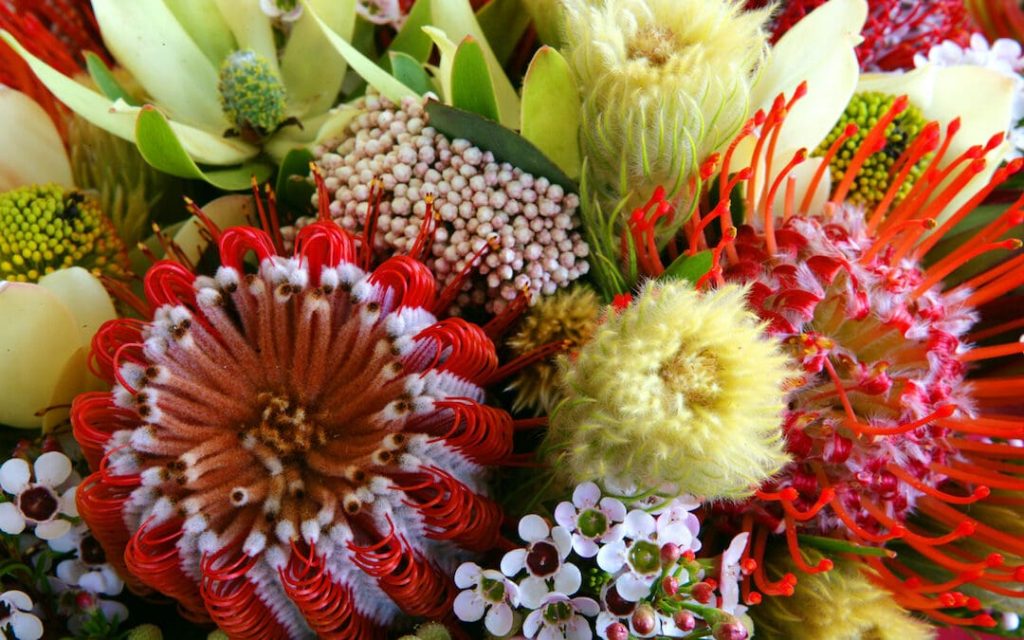
There are several advantages of buying Australian native flowers or wildflowers instead of commercially grown flowers, including:
Unique and Distinctive
Australian native and wildflowers are unique and distinctive, with their own natural beauty, shapes, and colors. They are not only visually striking, but they also offer a diverse range of textures and scents that are not found in commercially grown flowers.
Environmentally Friendly
Australian native and wildflowers are grown in their natural habitat, which means they require less water, pesticides, and fertilizers than commercially grown flowers. This makes them a more environmentally friendly choice, as they have a lower carbon footprint and are less likely to contribute to soil and water pollution.
Longer Lifespan
Australian native and wildflowers have a longer lifespan than commercially grown flowers, making them a more cost-effective choice in the long run. They can also be dried and used in decorative arrangements, allowing you to enjoy their beauty for months or even years.
Supports Local Growers
By choosing Australian native and wildflowers, you are supporting local growers and small businesses who are passionate about preserving and showcasing the unique beauty of Australia’s flora. This helps to sustain local economies and preserve important cultural and environmental resources.
Symbolic Value
Australian native and wildflowers have a special symbolic value, representing the unique beauty, resilience, and diversity of the Australian landscape and its people. They make an excellent choice for special occasions such as weddings, where they can be used to represent the strength and beauty of the couple’s relationship.
There are many Australian native flowers that are popular with florists, some of which include:
Waratah
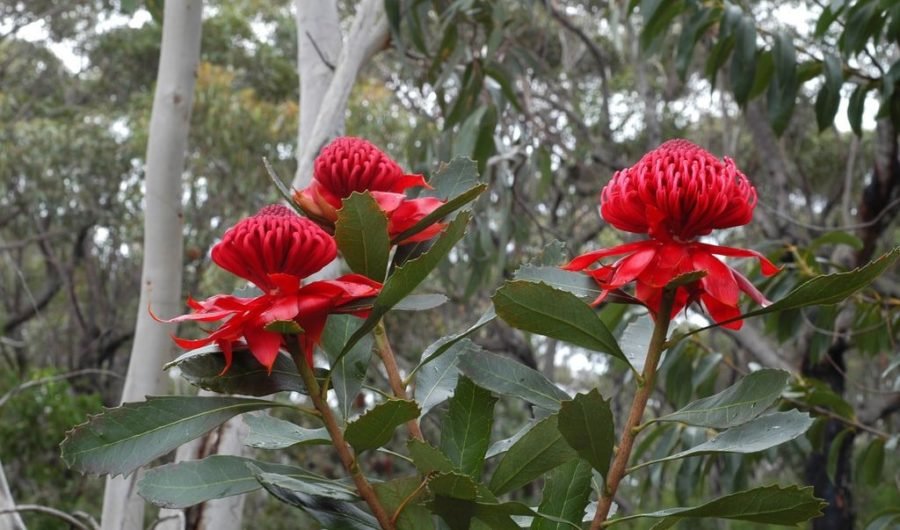
The waratah is a striking native flower with large, red, pom-pom shaped blooms that are often used in floral arrangements to add a pop of color and texture.
Kangaroo Paw
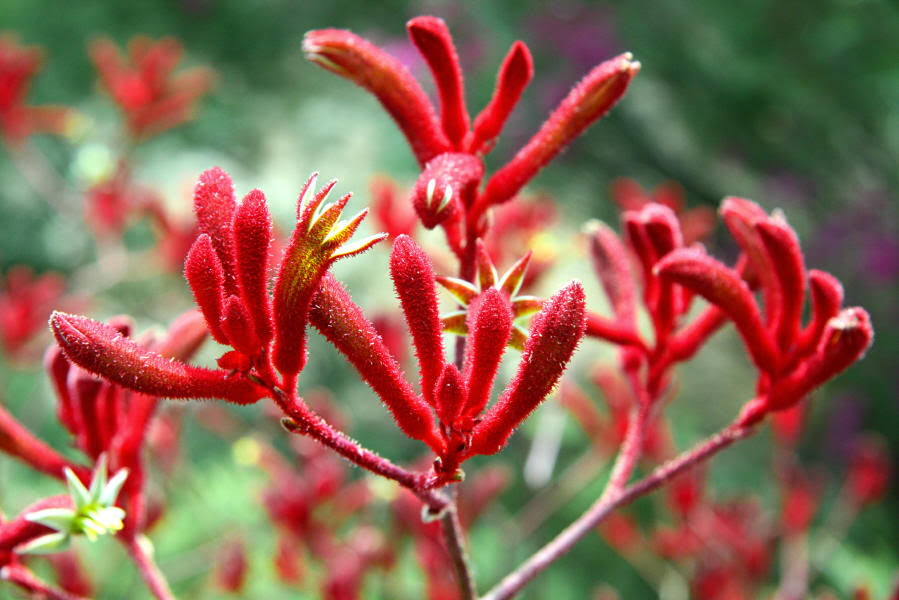
The kangaroo paw is a unique and vibrant flower with a long stem and furry, paw-shaped blooms in a range of colors, including red, yellow, orange, and pink.
Banksia
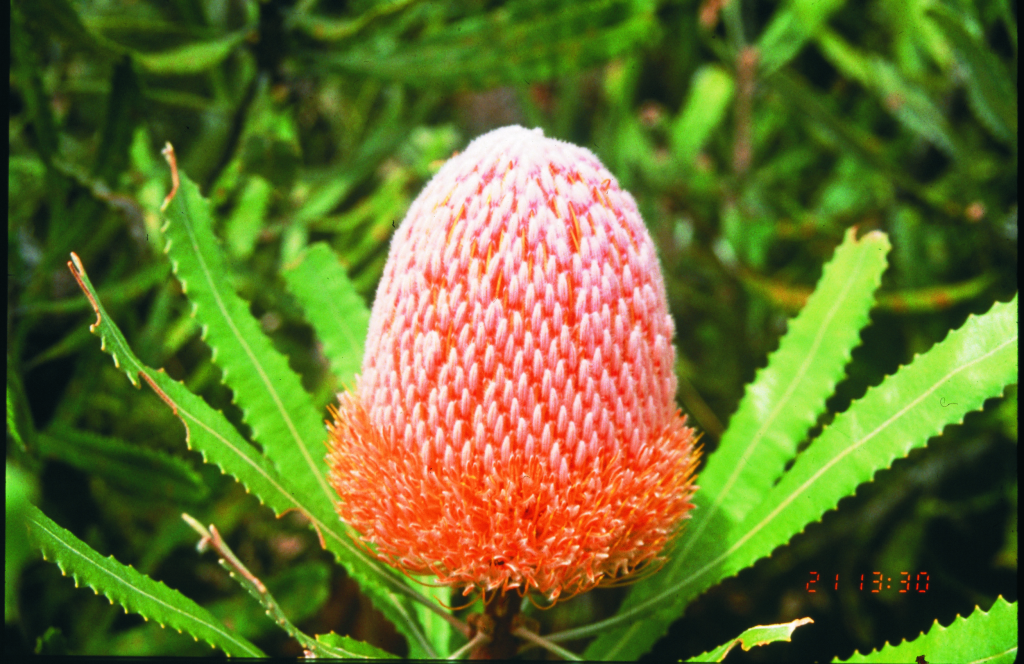
The banksia is a popular choice for florists, with its distinctive cone-shaped blooms and feathery foliage. Banksias come in a range of colors, including yellow, red, and orange.
Waxflower
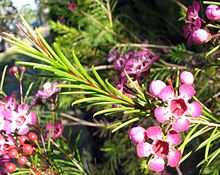
The waxflower is a delicate and fragrant flower with small, waxy blooms that come in shades of pink, white, and purple. It is often used in bouquets and corsages.
Protea
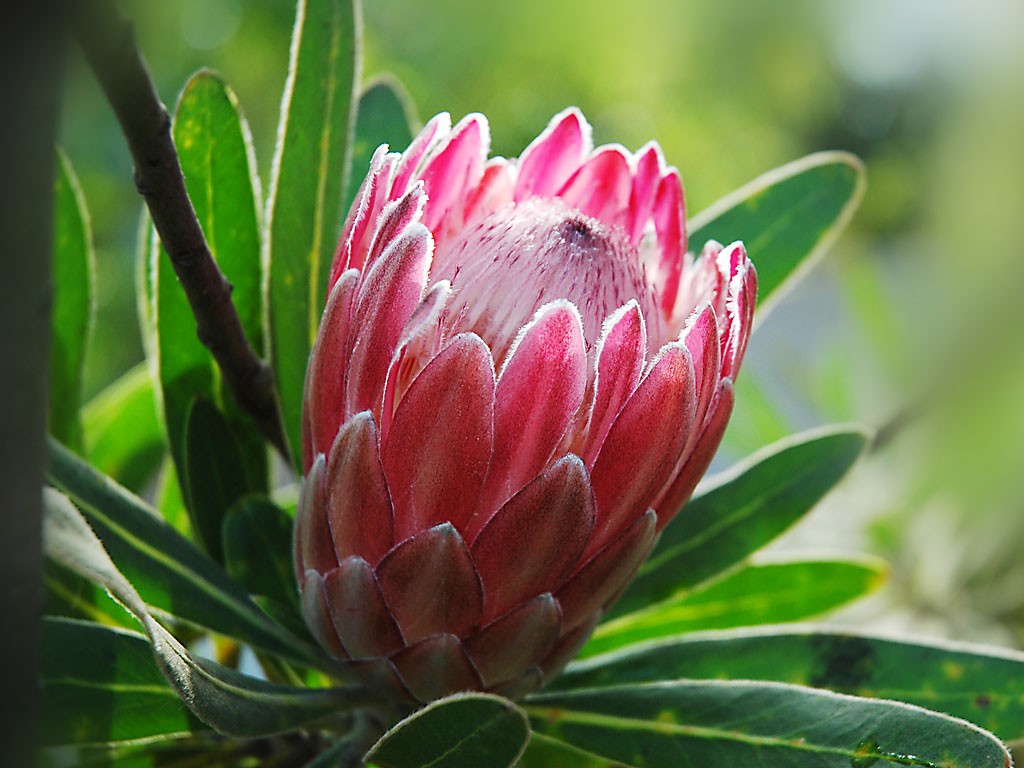
The protea is a show-stopping flower with large, dramatic blooms that come in a range of colors and shapes, including pink, red, white, and orange.
Billy Buttons
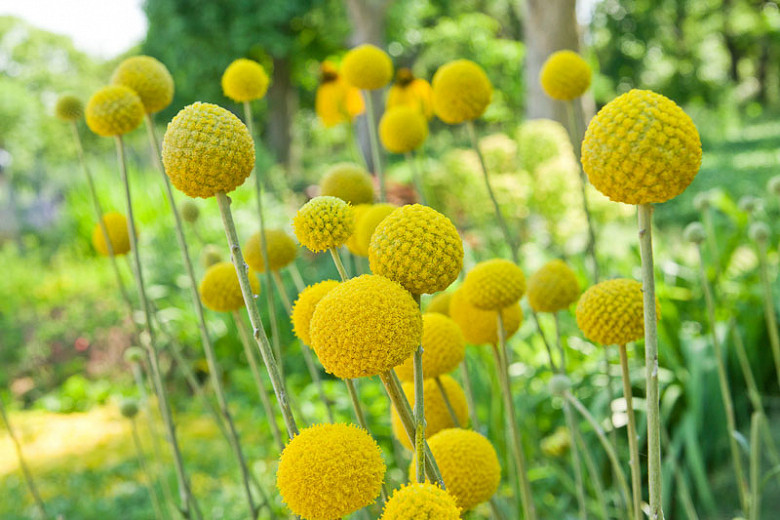
The billy buttons is a whimsical and playful flower with round, yellow blooms that resemble small, fluffy pom-poms. It is often used in arrangements to add texture and visual interest.
Flannel Flower
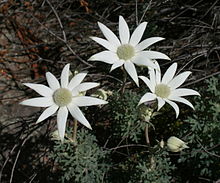
The flannel flower is a soft and delicate flower with small, white blooms that have a fluffy, almost woolly texture. It is often used in bridal bouquets and other romantic arrangements.
Eucalyptus
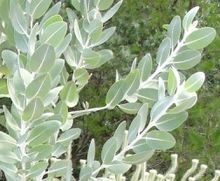
Although not technically a flower, eucalyptus foliage is often used in floral arrangements to add a distinctive Australian scent and a touch of greenery. There are many different types of eucalyptus, each with its own unique scent and texture.
These are just a few of the many Australian native flowers that are popular with Spearwood Florist. Each flower has its own unique beauty and character, making them a great choice for adding a touch of Australia’s natural beauty to any floral arrangement.
Overall, buying Australian native or wildflowers is a great choice for anyone looking for a unique, environmentally friendly, and culturally significant way to add natural beauty to their home or special occasion.
